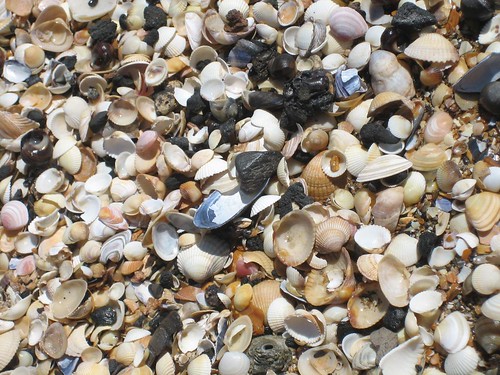Earlier today, over in PLENK2010, Eduardo Peirano started a discussion Personal Learning and the […] Seven Principles of Good Practice in which he linked to a paper by Chickering and Gamson (1987) with the suggestion that the seven principles might be used to evaluate Personal Learning and the whole MOOC experiment.
What are the principles?
Good practice in undergraduate education:
1. encourages contact between students and faculty, 2. develops reciprocity and cooperation among students, 3. encourages active learning, 4. gives prompt feedback, 5. emphasizes time on task, 6. communicates high expectations, and 7. respects diverse talents and ways of learning
On reading these principles and the short explanation, I was struck not by the idea of using the seven principles to evaluate some modern practice, per se, rather, by the realization that the principles are a long way from being even partially embedded in higher education at all!
To quote my response:
I am sad to say that it leaves me somewhat depressed as it’s my observation that we are still failing to deliver on this good practice nearly twenty years later (and I count myself amongst the guilty). A big problem, it seems to me, is that sound pedagogy is a very poor relation to the need to publish in HE, and though I’m late career and feel that I’m not in that rat race anymore, I still have so much to learn about how to teach.
I’m starting to feel that I should stop worrying about management systems and the personal environments and learn some fundamentals about how to encourage the Learning. I feel like a kid on a beach entranced by the pretty shells and oblivious to the ocean.
In my own case, I think that I should be worrying less about the technology of Personal Learning Environments, Networks and Knowledge technology and learning more about the educational theory that lies behind it.
Reference
Arthur W. Chickering and Zelda F. Gamson, Seven Principles for Good Practice in Undergraduate Education, American Association for Higher Education Bulletin, March 1987. Republished with permission by the Faculty Development Committee of the University of Hawaii, Honolulu.
